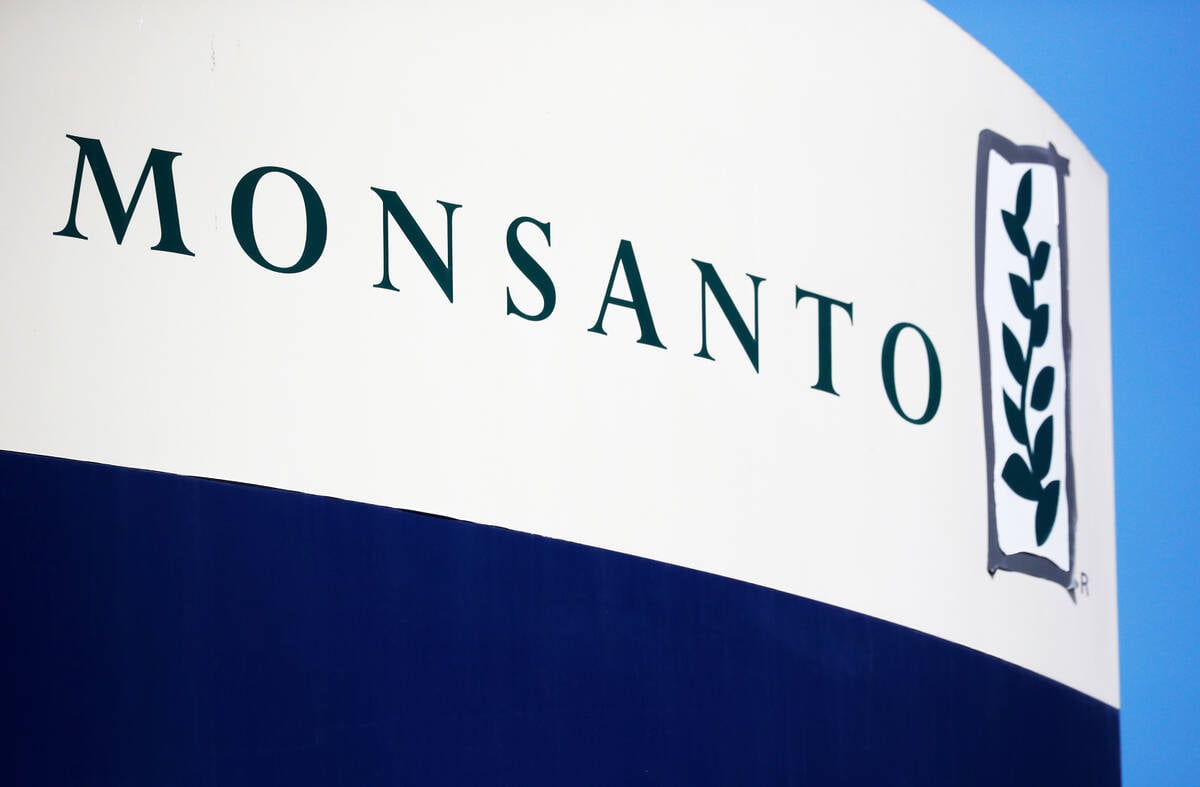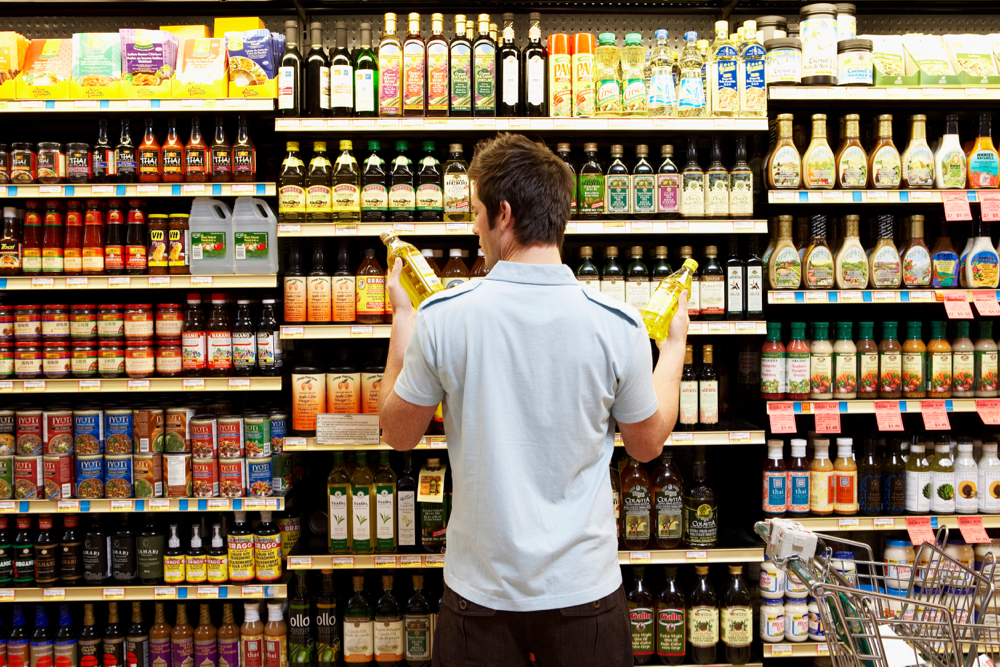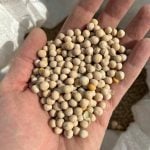Reuters – World food prices eased for a second month in a row in July, reflecting declines for cereals, vegetable oils and dairy products, but remained up nearly a third over the past year, the United Nations food agency said Aug. 5.
The Food and Agriculture Organization’s (FAO) food price index, which tracks international prices of the most globally traded food commodities, averaged 123 points last month, compared with 124.6 in June.
On a year-on-year basis, prices were up 31 per cent in July.
The Rome-based FAO’s index had declined in June for the first time in a year, marking a pause in a broad rally in agricultural commodities fuelled by harvest setbacks and Chinese-fuelled demand.
Read Also

Journal pulls long-cited glyphosate study for ethics violations
The journal Regulatory Toxicology and Pharmacology has retracted a 2000 Monsanto-linked glyphosate review, drawing new scrutiny as Bayer faces mounting legal pressure.
The FAO’s cereal price index fell three per cent in July from the previous month, weighed down by a six per cent drop in maize (corn) prices.
Maize prices were pressured by improved Argentine and U.S. production prospects, as well as cancelled import orders by China, which outweighed harvest concerns in Brazil, the FAO said.
International rice prices were also weaker in July, hitting a two-year low as new-crop supplies and currency movements added to a slow pace of sales, the agency said.
However, wheat prices rose 1.8 per cent to their highest since mid-2014, boosted by worries over dry conditions in North America, heavy rain in Europe and lower-than-expected initial yields in Russia.
Vegetable oil prices declined 1.4 per cent versus June to a five-month low, as a rebound in palm oil quotations was offset by lower levels for other oils.
The dairy price index dropped 2.8 per cent.
In contrast, the FAO’s sugar index increased by 1.7 per cent, recording a fourth straight monthly rise with support from firmer crude oil prices and uncertainty over the impact of frost on yields in top exporter, Brazil.
The meat index rose slightly overall. Poultry prices increased most sharply, due to strong imports in East Asia, while pork prices eased amid a decline in Chinese imports, the FAO said.
The agency did not update its world cereal supply-and-demand forecasts. Last month, it projected global cereal stocks in 2021-22 would rise for the first time since 2017-18.















